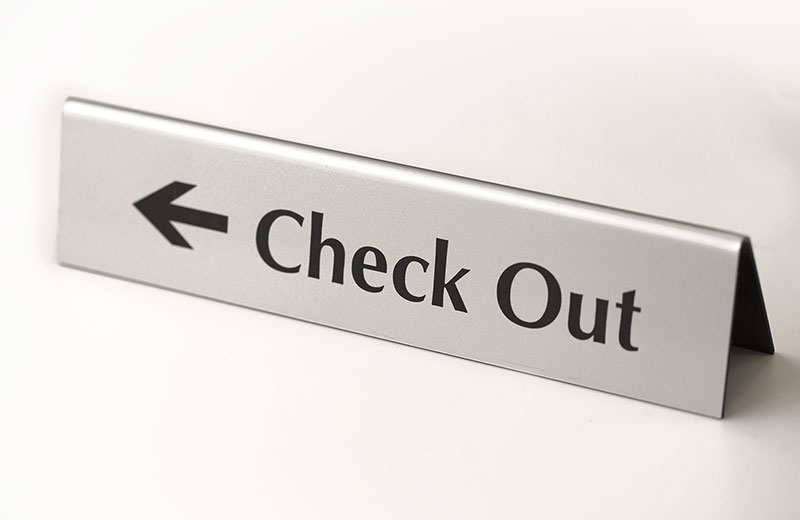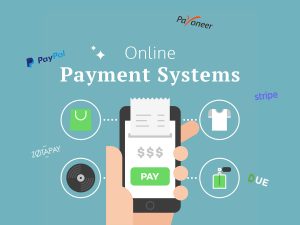
Your online business must make it as easy as possible for anyone visiting your website to place their order. Today, having an efficient and above all easy to understand and use checkout and trolley system is absolutely essential. Not surprisingly as E-commerce has gained in popularity, many checkout systems have been developed. It’s important to take some time choosing the right platform for your online business as it forms the foundation into which every other aspect of your website is built.
Often, you will see checkout, trolley and payment processing completed within one integrated system. However, there are two basic types of trolley and checkout system you can choose for your business:
Integrated Systems
This type of checkout and trolley offers all the functions that you’d expect from a payment system. Your customers can purchase goods or services via a trolley system that moves them through checkout and payment. Off-the-shelf integrated checkout systems for your online business are usually provided by built-it-yourself website systems available from many ISPs and other companies such as Actinic, BT eShop, Ekmpowershops and ShopCreator.
Standalone Systems
You may decide that you want to build the website for your online business and then bolt on the checkout and trolley systems. You can certainly do this as there are many self-contained checkout systems that you can use with your website. Standalone systems that you can evaluate for your online business include XCart, Zen Cart and ClickCartPro.
Build Your Own
If you intend to build the website for your online business yourself, you will have complete control over how you integrate the trolley and checkout to give your visitors the maximum flexibility when they make a purchase. High levels of coding may be required to get your checkout system up and running, so if you are in any doubt about your skills, consult a professional web designer. Remember, how the checkout features of your website perform has a huge impact on how customer perceive your online business.
If you use Dreamweaver as your website building application, a good bolt on is WebAssist as it gives you all the tools you need to build the checkout pages you need for your E-commerce site. Adobe – the developers of Dreamweaver – also have detailed information on their website about how to build a shopping cart using their software.
Shopping trolley systems can be built in a wide-range of programming languages. If you would like to explore how you could use Open Source software to build your shopping trolley and checkout system take a look at osCommerce as this is a well developed system you could integrate into your online business.
Checkout and Trolley Guidance
Whether you are buying your trolley and checkout system off-the-shelf, or thinking of building your own, there are a number of rules you should try and observe to ensure any purchase made on your website can be processed efficiently:
Too Many Steps
You should try and reduce the number of steps your customers have to move through in order to make a purchase to the absolute minimum. One of the big problems with online business is the abandoned trolley syndrome. One clear reason for this is a too long-winded checkout system.
Show Delivery and Other Costs
Your customers want to know precisely how much their order will cost them before they start the checkout procedure. Ensure your shopping trolley shows any taxes such as VAT and also postage charges. Don’t try and hide these charges as your customers will simply not complete their purchase.
Stock Availability
Consumers using the Internet perceive it to be a fast way of buying goods. If you can show if an item is in stock, this will be a great bonus as your customers like to see if they can get hold of their goods fast. They don’t want to move through the checkout process only to discover that the item they are ordering is out of stock.
Link to the Item
At every stage of the checkout process your online business should provide as much information as possible about the goods being ordered. Always have a direct link back to the products description page just in case your customer wants to check any details before completing checkout.
Define a Purchase
If your online business sells clothing for instance that will come in multiple sizes and colours, make it a simple point and click process to choose the items the customer wants to order.
Don’t get your Customers Lost
Always have an indication on every page of the checkout process where your customer is and how many steps they have to complete before their purchase is complete. Also, try and keep all the relevant information on one web page to avoid your customer having to scroll down the screen.
Double-check the Information Entered
Customers can easily enter the wrong information into the checkout screens as they move through their purchase. Ensure your system can spot these and tell the customer what they have done wrong. Your online business needs accurate order and payment details. Any errors that are missed will mean more customer services enquiries you will have to deal with.

